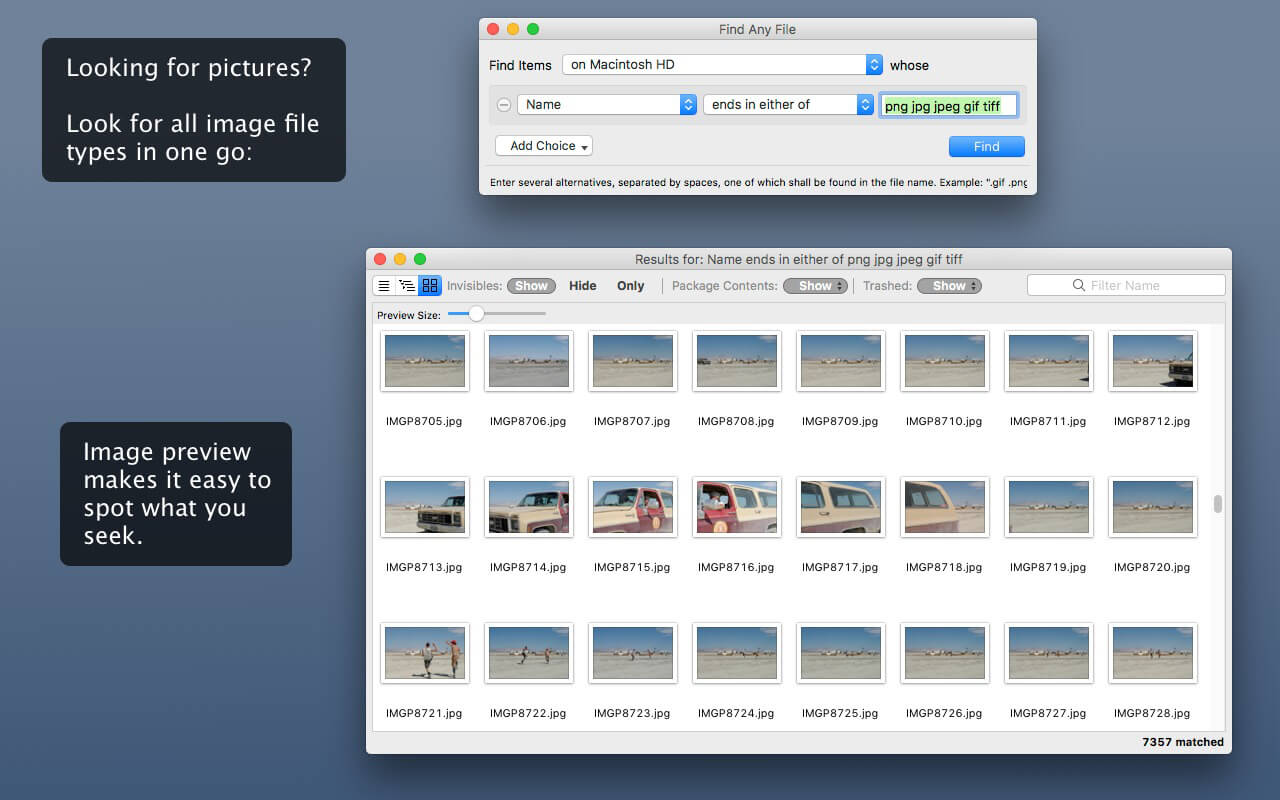
Enter an IP address (or hostname) to lookup and locate.

IP Address Location Lookup
Find IP Address is designed to provide you information about a given IP Address. The details include location, region, ASN, Maps position, ISP and many more. By default, Find IP address will lookup your IP Address. In the box above you can fill in any given IP Address. At least 909 new coronavirus deaths and 70,451 new cases were reported in the United States on Oct. Over the past week, there have been an average of 56,040 cases per day, an increase of 29. I have one folder which has 1000 PDF files, each file name is a telephone number. I like to create a batch/script file that make a copy for all the numbers that end with 1 to folder 1, all the files that end with 2 to 2.
Find Any File 2 1 1000 Sq
Find IP Address is designed to provide you information about a given IP Address.
The details include location, region, ASN, Maps position, ISP and many more.
By default, Find IP address will lookup your IP Address. In the box above you can fill in any given IP Address.
Last found IP address
192.168.1.70
192.168.0.111
192.168.1.5
192.168.178.222
192.168.7.106
87.217.27.254
10.255.0.255
192.168.1.59
10.0.255.0
192.168.2.39
192.168.10.12
74.208.5.22
Sometimes, for security audit purposes it might be required to find files with specific permissions. find command comes handy to achieve this kind of requirements. The post describes few examples of find command used to find files with specific sets of permissions. Before we dive into the examples, here are few basics on the permission bits
So if a file has “rwx” it will have 4+2+1=7 or if a file has “rx” it will be 4+1=5
perm parameter of find command
The -perm parameter of the find command can be used to find the files with specific permissions. The 2 ways to specify the permissions with the -perm parameter are :
In perm we are mentioning 4 bits
1. Command to find files with (group or other or both) writable permission and SET UID set .
So the logic is : ( group writable OR other writable ) AND SUID set
2. Command to list files with other writable excluding sticky bit set.
Now the logic here is : Other writable NOT sticky bit set
Examples
Find Any File 2 1 1000 Dollars
1. Command to list files with other writable and sticky bit set.
2. Command to list files with other writable excluding sticky bit set.
3. Command to list files with (group + other) writable permission and SET UID set.
Find Any File 2 1 1000 Lb
4. Command to list files with (group + other) writable and SET GID set.
Find Any File 2 1 1000 Digits
5. Command to list files with other writable and sticky bit set.
6. Command to list files with other writable excluding sticky bit set.